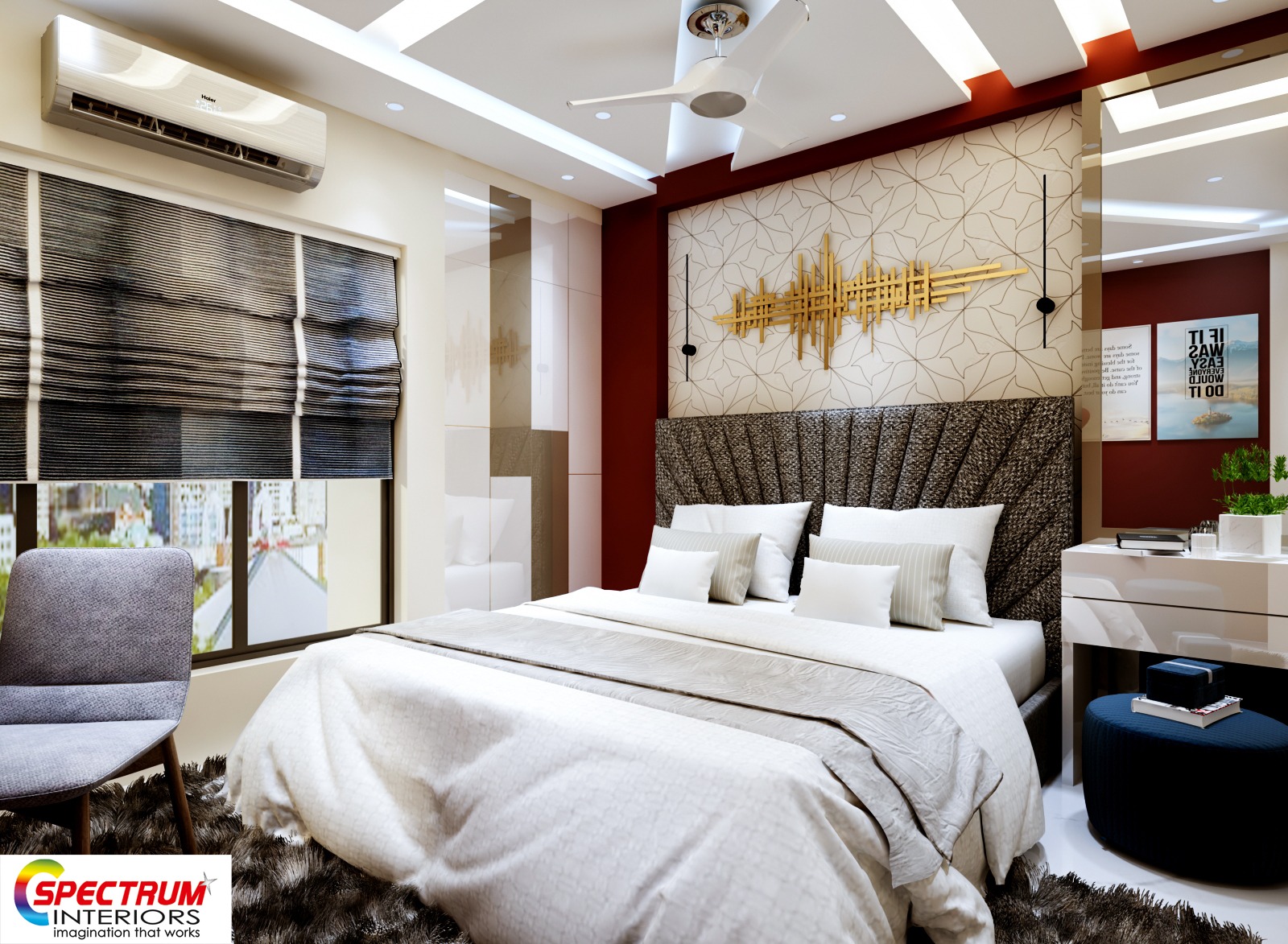A premier Architecture Firm can design your dream space.
A premier Architecture Firm can design your dream space.
Blog Article
Transform Your Home With Vital Concepts of Interior Decoration and Aesthetics
By comprehending the influence of color concept and the relevance of appearance and patterns, one can create areas that are not just aesthetically attractive however likewise deeply personal. Achieving this stability includes even more than mere decor; it encompasses a calculated arrangement and a keen understanding of exactly how each element interacts within a space.
Comprehending Shade Theory
Color concept is an essential aspect of indoor style that significantly influences mood, assumption, and overall visual. Comprehending the concepts of color concept allows developers to produce rooms that resonate mentally with owners while meeting functional requirements (miami interior design). Colors can be categorized right into three main types: key, second, and tertiary. Each group plays an essential role in establishing consistency within an area.
The emotional impact of colors is extensive; warm shades such as reds and oranges stimulate power and warmth, while awesome tones like blues and eco-friendlies promote peace and harmony. In addition, the use of complementary shades boosts aesthetic passion, creating striking contrasts that can elevate a space's appeal.
Neutral shades, on the other hand, work as a functional backdrop, permitting other layout components to radiate. It is important to consider factors such as illumination and the room's objective when picking a color combination, as these can change the assumption of colors throughout the day.
Ultimately, a well-considered color design can change a room, cultivating a feeling of convenience and design that aligns with the inhabitants' preferences. Mastery of color theory is, consequently, an essential skill for any kind of indoor designer intending to create unified and welcoming settings.
Achieving Balance in Layout
Exactly how can designers accomplish a feeling of balance in their spaces? Attaining balance in layout is essential to developing harmonious insides.
Asymmetrical equilibrium, on the other hand, counts on differing components that still accomplish a cohesive appearance. This technique permits even more vibrant and informal plans, giving passion while preserving stability. By very carefully selecting varying dimensions, colors, and structures, developers can produce an aesthetically compelling area that really feels balanced yet energetic.
Radial equilibrium emphasizes a central centerpiece with elements radiating external. This design is typically seen in round formats, where furniture and decoration develop a cohesive surround that attracts the eye internal.
Ultimately, accomplishing equilibrium calls for thoughtful consideration of scale, proportion, and the connections in between components. luxury interior design. By skillfully applying these balance principles, developers can change rooms right into settings that feel both aesthetically pleasing and functionally harmonious, enhancing the general experience for passengers
Value of Spatial Recognition

An eager feeling of spatial understanding allows designers to identify prime focus within a space, directing the visitor's interest to essential attributes while maintaining a total feeling of unity. It also helps in the strategic positioning of lights, which can significantly influence the perception of area and mood. Recognizing spatial connections enables the designer to provide to the certain requirements of residents, guaranteeing that each location offers its designated purpose without endangering appearances.
Inevitably, spatial understanding is important for optimizing the capacity of any indoor area. By thoroughly considering the interaction between measurements, design, and function, developers can create settings that not only meet functional requirements yet likewise stimulate a feeling of comfort and appeal, enhancing the total living experience.
Integrating Appearance and Patterns
Accepting a varied series of textures and patterns can substantially enhance the aesthetic and tactile charm of an indoor area. The critical use numerous materials-- such as timber, metal, material, and rock-- produces depth and passion, making a space really feel much more welcoming and dynamic. Combining smooth surface areas with rough appearances can establish an equilibrium that draws the eye and involves the senses.
When integrating patterns, consider both scale and rep. Huge patterns can function as focal factors, while smaller sized, subtle designs can match various other elements without overwhelming the area. Layering patterns, such as pairing flower paddings with striped her latest blog throws, adds intricacy and a feeling of consistency if performed thoughtfully.
It is additionally crucial to keep a natural shade scheme, making certain that appearances and patterns interact rather than compete for attention. By picking a couple of crucial structures and patterns, you can produce a combined aesthetic that mirrors your individual style while enhancing the overall setting of the space. Eventually, the careful unification of these components can change a mundane room right into an advanced environment abundant with personality and warmth.
Personalizing Your Room
Producing a space that mirrors your character is important to accomplishing a really welcoming setting. Personalization in indoor style allows you to instill your distinct design and rate of interests into your home, changing it from a mere sanctuary into a sanctuary that speaks with who you are. Begin by picking a color scheme that resonates with your feelings-- strong hues can stimulate, while soft tones offer serenity.
Integrate art work and design that mirror your enthusiasms, whether it be traveling, nature, or abstract ideas. Presenting personal collections, such as publications, photographs, or mementos, can stimulate treasured memories and produce prime focus within an area. Furthermore, think about personalizing functional pieces, like upholstered furniture, to straighten with your aesthetic choices.

Conclusion
To conclude, the makeover of a home through the necessary concepts of interior decoration and aesthetics requires a thorough understanding of color theory, balance, spatial understanding, appearance, and personalization. Each element contributes substantially to developing a harmonious and functional living atmosphere - miami interior design. By thoughtfully integrating these principles, individuals can improve the visual charm and psychological resonance of their rooms, inevitably fostering a home that reflects distinct identities while offering comfort and functionality
Report this page